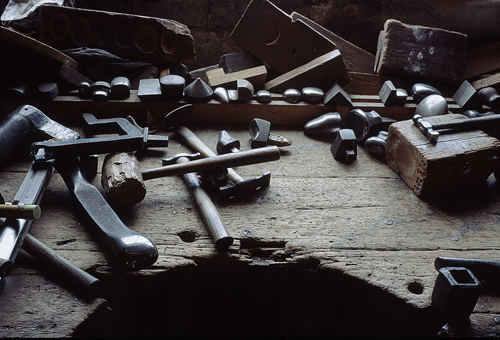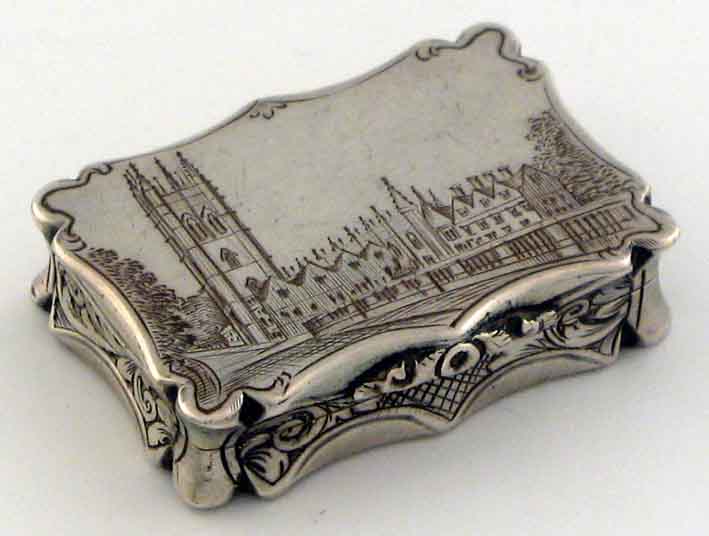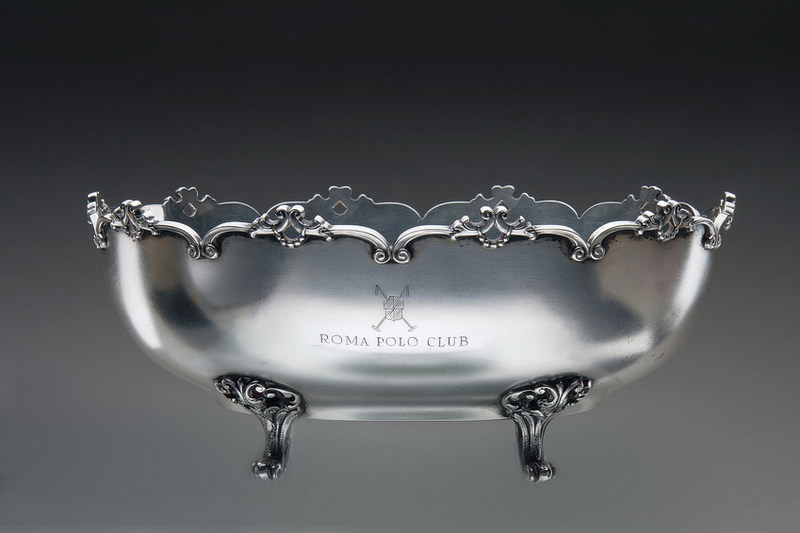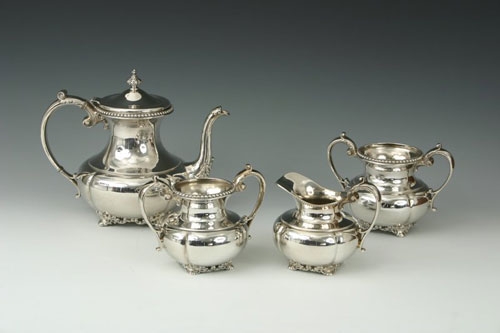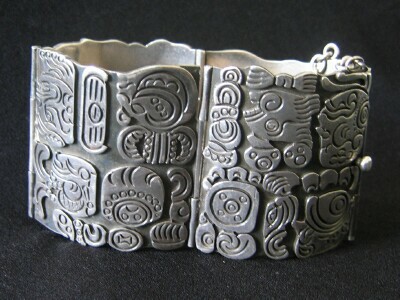Austria-Hungary
Left ~ 18th Cent. The 13 indicates silver purity, 13/16 lothig or .813, year 1753
Right ~ 19th Cent. until 1886. The letter at top indicates town, A = Vienna, year 1857

Top ~ 1886 – 1922. Diana head mark, number at left indicates silver purity, 3 =.800. Letter on right indicates city, P = Pest.
Middle ~ 1922 – Present. Toucan head, letter on left indicates city, W= Vienna. Silver purity marked separately by #4 = .750
Bottom ~ 1922 – Present. Hoopoe head, letter on right indicates city, W= Vienna. Silver purity marked separately by #3 = .835, #2 = .900, #1 = .935, the stamp shape containing the bird’s head changes with the purity number.

China
Late 19th & Early 20th centuries.

Czech Republic
Marks in current use.

Denmark
1888 – Present
Top ~ Silver must be marked with a maker’s mark and fineness in thousandths (top).
Bottom ~ It may also be marked with the Copenhagen assay mark (3 towers above date) and with the Assayer’s initials (ill. example – C.F. Heise)

Egypt
1906 – Present
The Cat figure was replaced by the Lotus Flower in 1946

Finland
1810 – Present
Left to right ~ Maker’s Mark, National Mark, silver purity, Town Mark (Turku) and Date Mark![]()
France
Silverplate marks
Maker’s mark in a rectangle as opposed to the diamond shape used on silver. Numeral indicates silverplate thickness.

Iran
20th Cent.

Ireland
c.1730 to Present
Example has the (harp) town mark for Dublin

Latvia
20th Cent.
Silver purity in thousandths (.875 or .916) plus initialed Maker’s Mark.
Top~ Local production
Bottom ~ Imported ware.

Mexico
19th Cent

Netherlands
1814 – 1953
Lion mark is silver purity (1 =.934, 2 =. 833), Head is duty mark, Letter is date mark (x = 1932). Maker’s Mark (far left) for Zilverfabriek Voorschoten.

Norway
19th & 20th Cent.
Silver standard and maker’s mark. Assay optional.

Poland
Top ~ since 1920
Number indicates silver purity (3 =.800). Letter indicates city of assay (w = Warsaw). Later examples show head above purity number and city initial on kerchief.
Bottom ~ Marks in current use.

Portugal
1886 – 1938
Mark used on large articles. A seated boar was also used.

Russia
Top ~ c.1750 – 1896
Left to right ~ Maker’s Mark, Assayer’s Mark above year, silver purity and Town Mark (St. Petersburg)
Bottom left ~ 1896 – 1908, Assayer’s initials to right of head also indicate town.
Bottom right ~ 1908 – 1917, Symbol to left of head indicates town.


